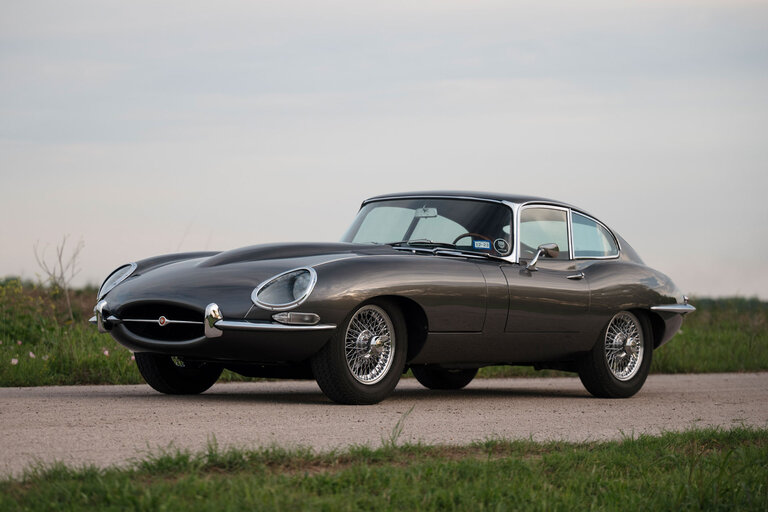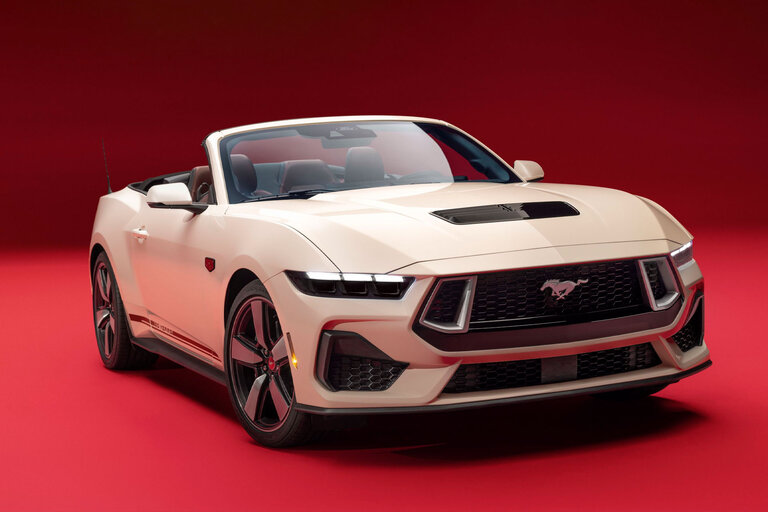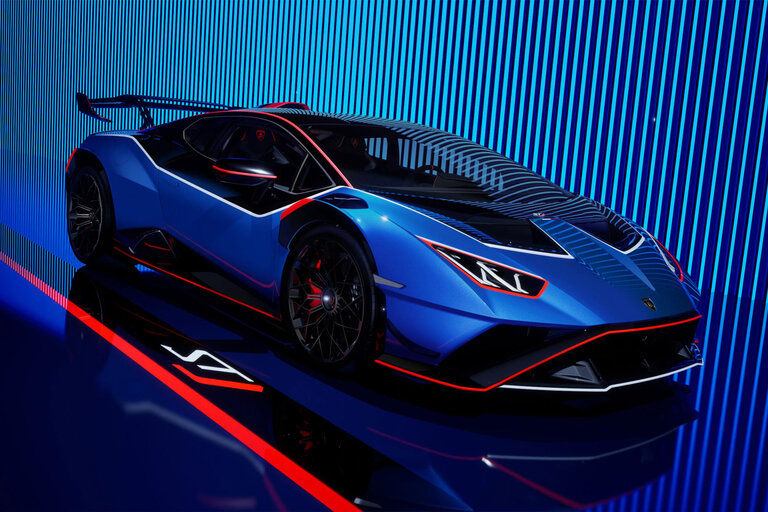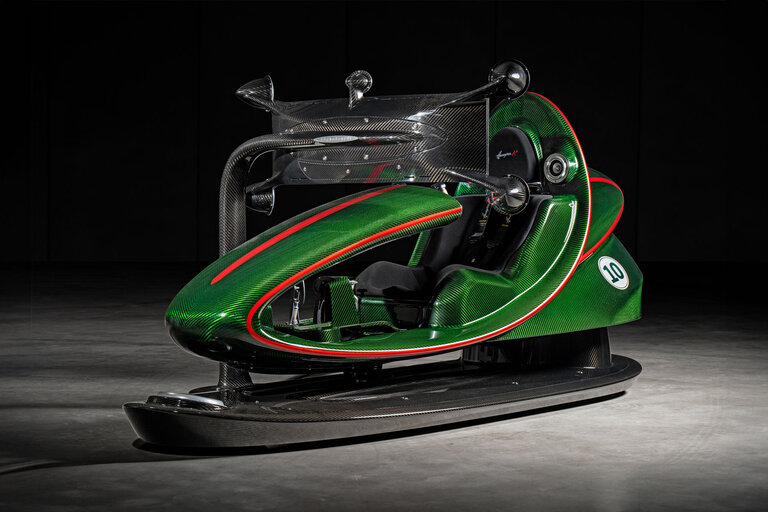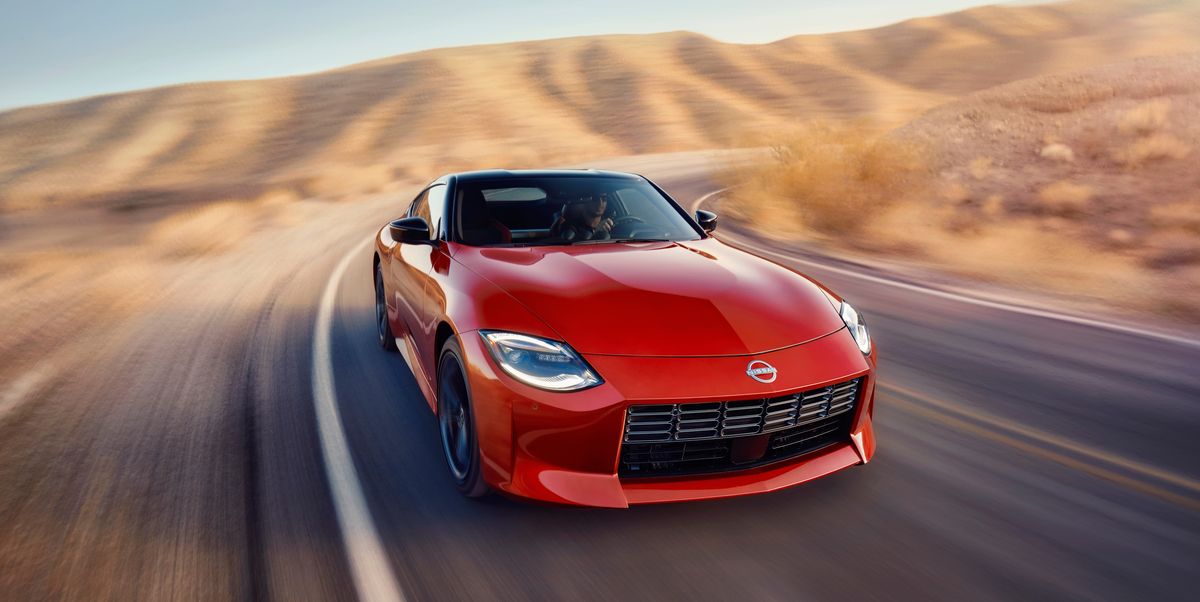
For a car named after the last letter of the alphabet, the Z-car got off to an incredibly strong start. An instant hit when it landed on our shores in 1970, the first-generation Datsun 240Z wore a graceful long hood, a sloping fastback roofline, a squared-off Kamm tail, and a powerful overhead-cam inline-six engine driving the rear wheels. A starting price of just $3526, about $26,000 in today’s money, led to an amazing rookie year. Eventually, the 240Z became the 260Z and then the 280Z, and Datsun became Nissan. But the car’s 53-year history has been a bit of a roller coaster. Strong sales, accolades, and racing success met rising prices, a shrinking sports-car market, and eight model years of no Z at all.
With the new 2023 Z, Nissan hopes to bring back the thrills. It starts with the name itself. Until now, the adjacent number has always represented the engine’s metric displacement in three-digit shorthand. The 2023 Z is powered by a twin-turbo 3.0-liter V-6, and past convention demands it be called a 300Z or 300ZX. A marketing meeting likely deemed that a number lower than the last 370Z could be considered a step backward. But the engine displacement doesn’t define Nissan’s sports car; it’s the Z-ness of the thing.
On that front, the new Z is on point. It adheres to the classic formula that all predecessors have shared: two doors, rear-wheel drive, and a primo six-cylinder engine. It also maintains the nod toward affordable performance that the 350Z and 370Z reestablished. This Z comes in just two grades: a Sport priced at $41,015 and the Performance going for $51,015. There is also a special-paint-and-trim launch edition called the Proto for $54,015, but it’s capped at 240 units. Those prices remain unchanged whether you choose the six-speed manual or the nine-speed automatic, and there are no options apart from exterior paint and interior color schemes.
Looking at the car in person under a blue sky, we can easily see that the designers nailed it, even though the new Z shares its basic platform with the 370Z to the point that they have a common 100.4-inch wheelbase, 72.6-inch width, and 51.8-inch height. The sloping rear roofline is much the same, but it’s now framed by more subtly muscled rear haunches. The melted-blob look of the 350/370 tail end is history, replaced by a sharp vertical rear cutoff that is much more evocative of the original Z’s tail, with horizontally slotted LED taillights that echo the stunning ’90s-era 300ZX.
The new Z is 4.9 inches longer than before, and all of the added length is in the nose. This was a necessity, as the twin-turbo V-6 requires a veritable club sandwich of heat exchangers, with an air-to-liquid intercooler and transmission and oil coolers joining the usual radiator and AC condenser. This hardly fazed the designers, because it allowed them to stretch out the hood and resculpt the nose in homage to the 240Z. It also results in a large squared-off grille below the hood’s leading edge, a feature that appears less prominent when you’re standing next to it than from the ground-level perspective of most photographs.
Packaging the VR30DDTT engine is worth the effort. It’s the same V-6 that powers the Infiniti Q50 and Q60 Red Sport, and its 400 horsepower at 6400 rpm and 350 pound-feet of torque at 1600 rpm eclipse ye olde naturally aspirated 370Z by some 68 horsepower and 80 pound-feet. At about 3500 pounds, the Sport is roughly 150 pounds heavier than a base version of its predecessor, mostly because of the new engine. But the twin-turbo six successfully hides the extra mass, as each horsepower now has roughly nine pounds to move, compared with 10 pounds per pony in the 370Z. Run hard on a circuit, the Z felt properly quick and eager. Turbo lag never once reared its head, to the point where the engine managed a credible impersonation of natural aspiration.
It’s no wonder. Integrated exhaust manifolds package the turbochargers tight up against the flanks of the block, and the turbos feature built-in speed sensors linked to the wastegate control to keep impeller speeds near their maximum. There’s also a recirculation circuit that helps maintain turbo speed when you lift off the throttle on corner entry.
A reworked six-speed manual now features available no-lift-shift launch control on the Performance version, and in all cases its shift action is notably less notchy, a result of re-profiled detents, with considerably smoother clutch engagement thanks to a new externally mounted clutch-activation cylinder. As for the nine-speed automatic, its chunky shift paddles are part of an incredibly simple arming procedure for its new launch control: Hold the brake pedal, pull back on both paddles, floor the accelerator, release the brakes, and hang on. In either case, Performance models more effectively direct the resulting ruckus to the pavement through a new clutch-type limited-slip differential that replaces the outgoing viscous unit.
The body structure has more torsional rigidity, but the suspension pickup points are unchanged. That said, Nissan selectively and surgically retuned the Z’s chassis from a 370Z baseline. The front caster angle increases via a new upper control arm, and an electrically assisted steering rack replaces the former hydraulic unit. The 370Z’s twin-tube dampers swap for more precise monotube units that develop damping force far more quickly. The Sport gets a square 245/45R-18 tire setup, while the Performance has a 255/40R-19 front and 275/35R-19 rear stagger.
This all adds up to a Z-car that grips tenaciously on the track, with approachable limits that are easy to kiss and correct. There’s a bit of understeer if you charge a corner too hard, but the nose tucks in obediently if you breathe off the throttle. It’s also far more livable day in and day out. The ride has shaken off its previous flintiness, and coarse road noise is no longer an ever-present nuisance. The steering builds up well and communicates on the track but hardly does the same when aimed straight. Our Sonata N Line long-termer has better on-center definition when highway cruising.
Inside the Z’s cabin, dimensions are virtually identical to the 370Z, which is no bad thing. The steering wheel now telescopes to improve your chances of finding a good driving position. The infotainment system benefits from volume and tuning knobs and wireless phone mirroring, but the climate-control temperature dials are saddled with tiny numerals that are difficult to make out. The star player has to be the configurable gauge cluster, particularly in Sport mode, which conjures a large analog-looking tachometer front and center, oriented racing-style so the redline is at the top. Progressive multicolored shift lights sit just under the lip of the instrument binnacle, and they converge toward the middle as you approach the 6800-rpm redline. It’s equally fabulous with the manual gearbox or with the automatic in manual mode, but you can shut them down if you prefer darkness.
It’s easy to like the new Z, but it’s too early to say we’ve completely fallen for it. It certainly seems worthy of love: Its 400-hp V-6 has our undivided attention, and it’s a more refined and livable daily driver than the 370Z. But accolades don’t always translate into sales success, and vicious competition means we won’t know if it’s true love until we compare the Z to its enemies.
This content is created and maintained by a third party, and imported onto this page to help users provide their email addresses. You may be able to find more information about this and similar content at piano.io
#Nissan #Drive #OMG
Source link


